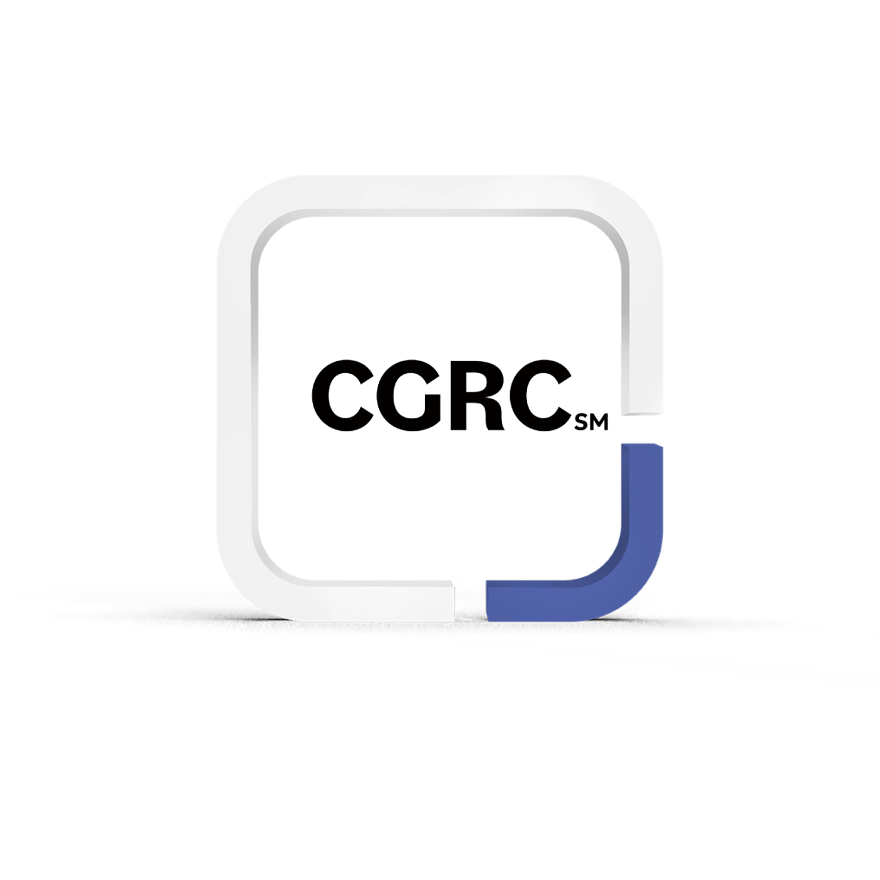Certified in Governance, Risk and Compliance (CGRC) / RMF

COURSE OUTLINES

Security and Privacy Governance, Risk Management, and Compliance Program
Scope of the System
Selection and Approval of Framework, Security, and Privacy Controls
Implementation of Security and Privacy Controls
Assessment/Audit of Security and Privacy Controls
System Compliance
Compliance Maintenance
About CGRC
A professional earning the Certified in Governance, Risk and Compliance (CGRC®) is an information security practitioner who advocates for security risk management in pursuit of information system authorization to support an organization’s mission and operations in accordance with legal and regulatory requirements.
The broad spectrum of topics included in the CGRC Common Body of Knowledge (CBK®) ensure its relevancy across all disciplines in the field of information security. Successful candidates are competent in the following domains:
- Security and Privacy Governance, Risk Management, and Compliance Program
- Scope of the System
- Selection and Approval of Framework, Security, and Privacy Controls
- Implementation of Security and Privacy Controls
- Assessment/Audit of Security and Privacy Controls
- System Compliance
- Compliance Maintenance
SO WHY SHOULD YOU GET YOUR CGRC/RMF?
CGRC is the only certification under the DoD8570 mandate that aligns with each RMF step. It shows employers you have the advanced technical skills and knowledge to authorize and maintain information systems within the RMF using best practices, policies, and procedures established by the cybersecurity experts at (ISC)².
